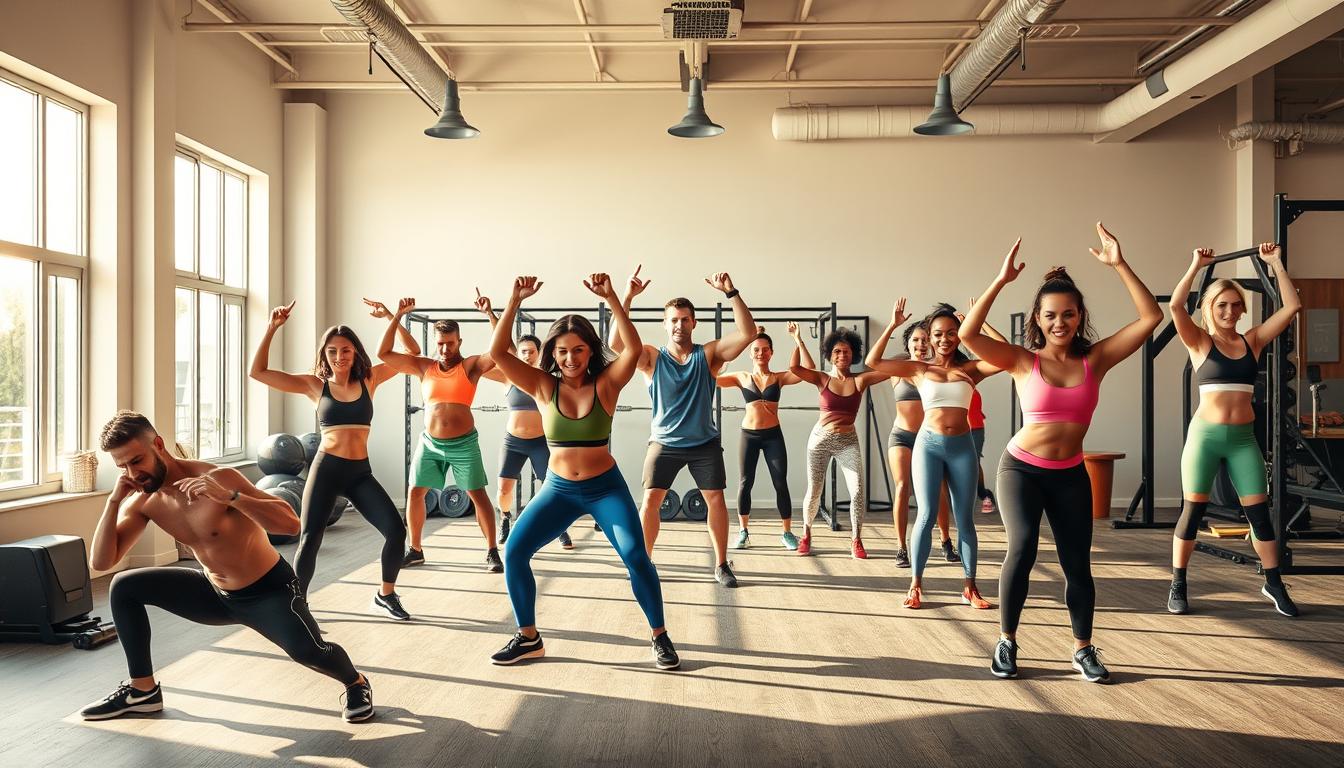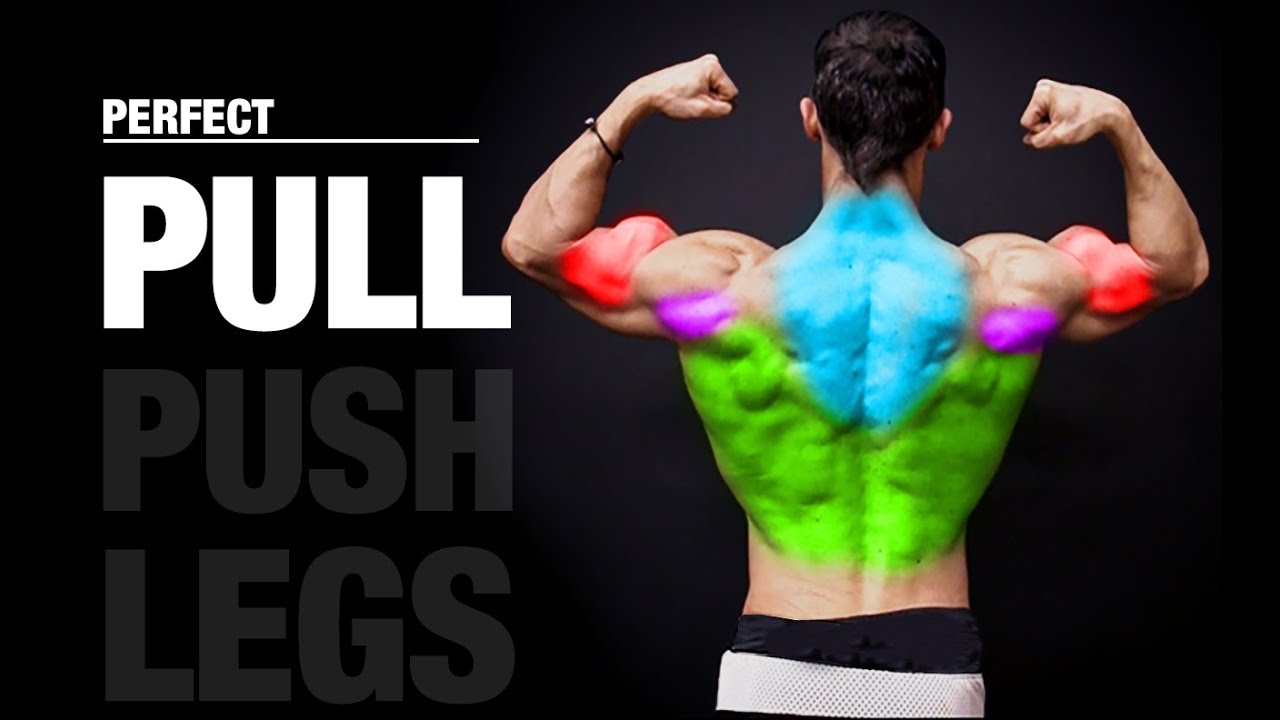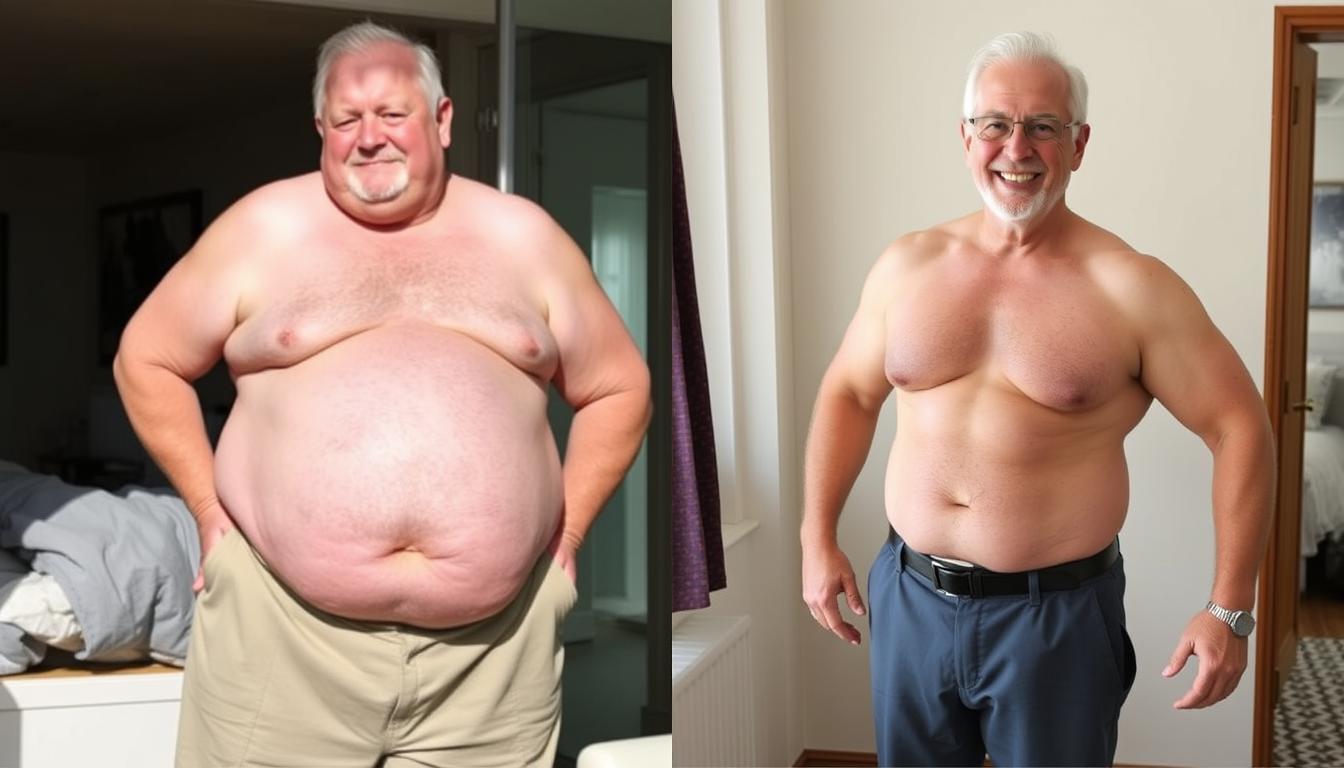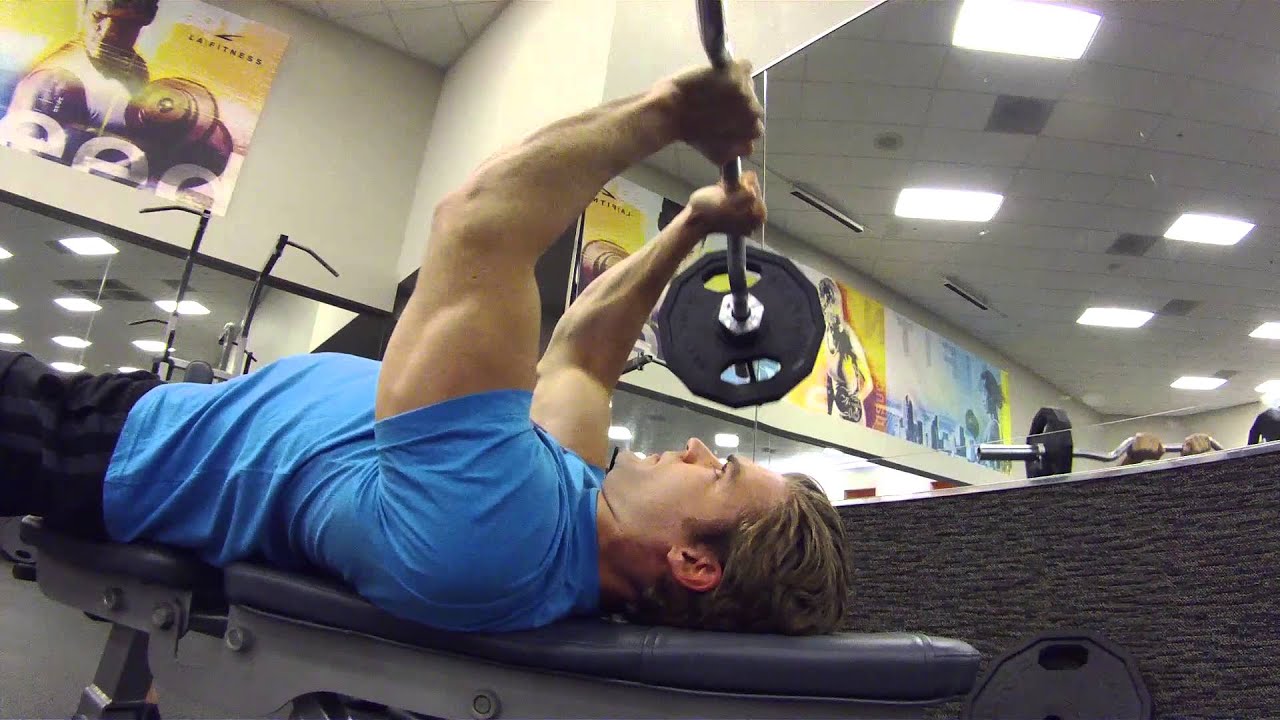10 Exercises to Tone Every Inch of Your Body
Building a strong, healthy physique doesn’t require endless gym hours or complex equipment. This streamlined approach combines science-backed movements that activate multiple muscle groups simultaneously, creating efficient workouts for busy schedules. Whether you’re new to fitness or refining your regimen, these foundational patterns deliver visible results through consistent practice.
Our selection focuses on functional movements that mirror real-life actions like pushing, pulling, and rotating. These multi-joint exercises boost calorie burn while enhancing coordination and stability. The best part? Most require only body weight or basic resistance tools, making them accessible for home or gym use.
Adaptability sits at the core of this program. Each movement offers variations to match different skill levels, allowing gradual progression as strength improves. Regular participation strengthens posture, increases energy levels, and helps clothing fit better within just one month of dedicated effort.
Key Takeaways
- Targets all major muscle groups through compound movements
- Combines strength training with functional fitness benefits
- Requires minimal equipment for home or gym use
- Offers modifications for different experience levels
- Delivers measurable results in 30 days with consistency
Getting Started with a Total Body Toning Mindset
What separates fleeting fitness attempts from lasting transformations? Your approach matters more than your workout playlist or gym attire. Developing the right mindset turns sporadic efforts into sustainable habits that reshape your health and physique.
Why Consistency Matters in Your Workout Routine
Regular practice rewires your body’s response to physical demands. Unlike crash diets or extreme regimens, two weekly sessions create lasting adaptations in muscle fibers and energy systems. This steady rhythm helps maintain metabolic efficiency while preventing burnout.
Think of your routine like compound interest – small deposits yield significant returns over time. Missed days won’t derail progress if you prioritize showing up consistently. Muscle memory accelerates results when you stick to scheduled sessions.
Setting Realistic Fitness Goals
Aim for targets that match your current abilities while pushing boundaries gently. Instead of chasing rapid weight loss, focus on measurable improvements like completing more reps or holding positions longer. These victories build confidence and momentum.
Track progress through simple methods like monthly photos or journal entries. Noticing improved posture or easier daily tasks provides tangible proof of change. Remember, sustainable shape shifts happen gradually – celebrate every step toward better health.
Exercises to Tone Every Inch of Your Body

Transform your workout efficiency with movements that engage multiple zones simultaneously. The selected ten-step system combines fundamental patterns proven to build functional capacity while shaping lean muscle mass. From explosive burpees to stabilizing planks, each element addresses distinct physical demands through intelligent design.
Overview of the Ten Must-Try Moves
This curated selection bridges strength development and mobility enhancement. Lunges challenge lower-body coordination, while dumbbell rows strengthen back muscles crucial for posture. Glute bridges activate often-neglected posterior chains, and side planks develop rotational stability.
Compound actions like squats and overhead presses work through full kinetic chains, burning calories while building power. Burpees merge aerobic intensity with muscular endurance, demonstrating how single moves can deliver dual benefits. The program’s diversity prevents plateaus by continually presenting fresh challenges.
Adapting Exercises for Different Fitness Levels
Every movement offers adjustable difficulty parameters. New practitioners might perform pushups against elevated surfaces, while veterans add resistance bands or tempo variations. Single-leg deadlifts progress from assisted balances to weighted repetitions as coordination improves.
Strategic modifications maintain appropriate challenge thresholds. Adjust repetition speed in rows to emphasize control, or incorporate isometric holds during planks. These scalable options ensure continual growth without compromising form – the cornerstone of sustainable progress.
Strengthening Your Core, Arms, and Back

Essential pushing and pulling patterns form the cornerstone of balanced fitness. These movements develop functional strength while improving posture and coordination. Focus on precision rather than speed to maximize muscle engagement and reduce injury risks.
Mastering Pushups and Planks for Better Balance
Pushups activate chest, shoulders, and core muscles in one fluid motion. Beginners can start with knee-modified versions while maintaining proper alignment. Keep elbows at 45-degree angles to protect joints during descent.
Planks challenge your entire midsection while stabilizing shoulders and hips. Hold for 20-second intervals initially, focusing on keeping hips level. Progress to side variations as endurance improves, enhancing oblique strength and rotational control.
Effective Dumbbell Techniques for Rows and Presses
Standing overhead presses build shoulder definition and core stability simultaneously. Start with 5-10 lb weights, pressing upward until arms fully extend. Engage your glutes to prevent lower back arching.
Bent-over rows strengthen upper back muscles that counter slouching. Maintain a flat back position while pulling weights toward your ribcage. This movement pattern improves posture and reduces neck strain from desk work.
| Exercise | Primary Muscles | Beginner Weight | Progression |
|---|---|---|---|
| Overhead Press | Shoulders, Triceps | 10 lbs | Add 2.5 lbs weekly |
| Bent-Over Row | Upper Back, Biceps | 10 lbs | Increase reps by 2 each session |
| Pushup | Chest, Core | Bodyweight | Elevate feet gradually |
Boosting Lower Body Power with Squats and Lunges

Lower body strength fuels everything from climbing stairs to athletic performance. Two foundational movements – squats and lunges – build functional capacity while sculpting lean muscle mass. These patterns engage over 70% of your body’s skeletal muscles, making them indispensable for comprehensive fitness.
Proper Form to Maximize Leg and Glute Engagement
For squats: Position feet slightly wider than shoulder-width. Initiate movement by pushing hips backward like closing a car door with your glutes. Lower until thighs parallel the floor, keeping knees aligned with toes. This protects joints while activating hamstrings and glutes.
Lunges demand precise foot placement. Step forward, landing heel-first. Bend both knees to 90 degrees, ensuring your front knee stays above the ankle. Push through your front heel to return – this builds balanced strength in both legs.
Proper alignment prevents injuries. Distribute weight evenly across all three points of your feet: ball, heel, and pinky toe base. Rotate toes outward 15 degrees for natural hip alignment during squats.
“Depth matters more than weight for glute activation. Focus on full range of motion before adding resistance.”
Advanced variations include pause squats (hold bottom position) and walking lunges. These modifications increase time under tension, challenging muscle fibers differently each session. For beginners, chair-assisted squats build confidence in movement patterns.
Consistent practice improves hip mobility and knee stability. Track progress through measurable goals: deeper squats, longer lunge holds, or increased repetitions weekly. Strong legs enhance overall power output – whether lifting groceries or sprinting for the bus.
Enhancing Flexibility and Balance Through Dynamic Movements

True physical mastery extends beyond raw strength. Dynamic patterns that challenge stability and range of motion create resilient bodies capable of handling life’s unpredictable demands. These movements sharpen coordination while improving joint health – critical components often overlooked in traditional routines.
The Stability Secret: Single-Leg Deadlifts
This unilateral movement builds balance while addressing muscle asymmetries. Start with feet hip-width apart, holding a light weight in one hand. Hinge forward at the hips, extending your free leg backward until parallel to the floor. Maintain a neutral spine as you lower the weight toward the ground.
Return to the starting position by squeezing your glutes and engaging your core. The controlled movement strengthens hamstrings while improving ankle stability. Beginners can practice without weights, focusing on perfecting their hip hinge pattern first.
| Focus Area | Key Benefit | Progression Tip |
|---|---|---|
| Core Engagement | Improves spinal stability | Add 2-second pause at lowest position |
| Hip Mobility | Enhances functional flexibility | Increase range of motion weekly |
| Balance Training | Boosts proprioception | Try closing eyes during bodyweight reps |
Regular practice corrects postural imbalances by teaching proper weight distribution. The exercise’s flexibility benefits come from simultaneously stretching and strengthening posterior chain muscles. Athletes often discover hidden weaknesses that affect performance in other lifts.
“Single-leg training exposes compensations you’d never notice in bilateral movements – that’s where real progress happens.”
For optimal results, alternate between slow tempos and explosive returns. This variation challenges different muscle fibers while maintaining joint health. Remember – quality of movement always trumps quantity when building lasting flexibility and control.
Integrating Resistance and Cardio for Comprehensive Fitness

The synergy between resistance training and cardiovascular exercise creates a metabolic powerhouse. By blending these elements, you trigger dual adaptations – building lean muscle while improving heart health. This approach transforms ordinary workouts into efficient body-shaping sessions.
Metabolic Boost Through Multi-Tasking Moves
Burpees exemplify this fusion perfectly. Starting upright, drop your hands to the ground while kicking legs back. After a pushup, spring feet forward and explode upward. Each rep torches calories while strengthening shoulders, legs, and core.
Research shows compound movements increase workout efficiency by 40% compared to isolated exercises. The afterburn effect keeps your metabolism elevated for hours post-session. Start with 3 sets of 10 reps, focusing on controlled transitions between positions.
Space-Smart Training Solutions
No gym? No problem. Side planks demonstrate how minimal equipment yields maximum results. Position your forearm on the floor, stack legs, and lift hips. This move strengthens obliques while improving balance – crucial for targeted glute work during home sessions.
Adjust intensity through tempo changes or added holds. Try 10-15 reps per side, maintaining proper form. As fitness improves, incorporate household items like water jugs for resistance. This progression model ensures continual challenges without needing specialized gear.
“The best programs blur the line between strength and cardio – that’s where true transformation happens.”
Your Journey to a Leaner, Stronger, and Healthier You
Embarking on a fitness journey reshapes more than just your physique—it revitalizes daily life through renewed energy and self-assurance. Consistent practice with these movements builds functional strength that translates into easier movement, better posture, and heightened resilience. Visible changes in muscle definition and stamina often emerge within weeks, but the true victory lies in lasting health habits.
The glute bridge exemplifies this program’s efficiency. Lie on the floor with knees bent and feet flat. Drive through your heels while squeezing glutes and core, lifting hips until your body forms a straight line from shoulders to knees. This exercise strengthens the posterior chain while protecting the spine—a cornerstone move for all fitness levels.
Success hinges on viewing physical activity as a lifestyle, not a short-term fix. Gradually increase intensity by adding reps or slowing movement tempo. Celebrate small wins like holding a plank longer or mastering proper position during lunges. These milestones compound into transformative results.
Remember: equipment matters less than commitment. Whether using body weight or household items, consistency turns effort into achievement. Your strongest self isn’t built in a day—it’s crafted through dedicated, mindful practice.



